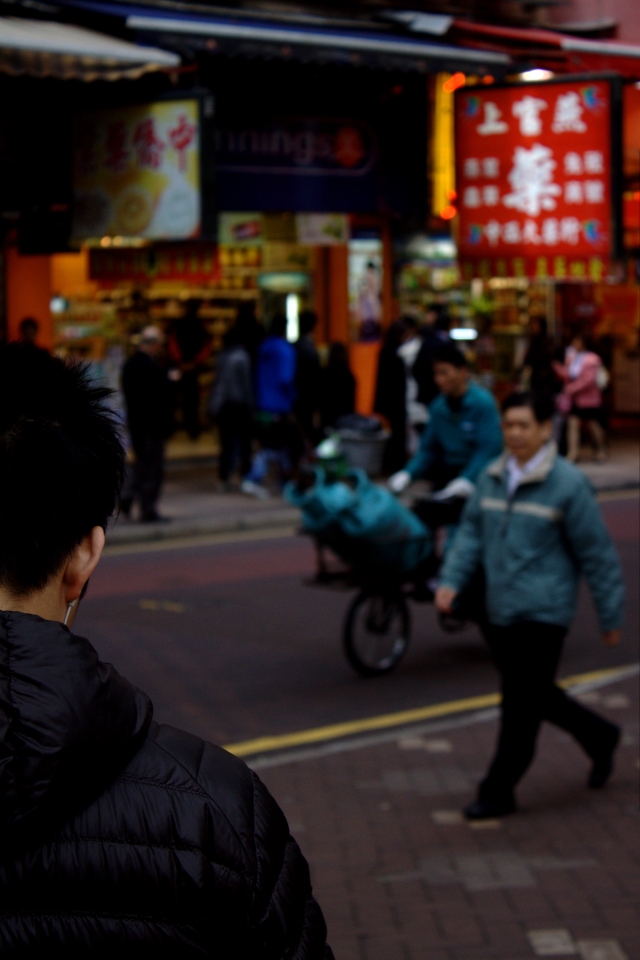Manufacturing and, more importantly, order volumes from international customers have both risen this month, according to the South China Morning Post. The China HSBC Flash Manufacturing Purchasing Managers Index (PMI) recorded a three-month high in output.
Despite GDP just missing the official government target in Q3, this news is the latest in a string of signifiers that China’s economy is healthy, and that past government stimulus measures have proved generally effective.
Previous signs of steady performance have included higher-than-expected export growth in September (9.9% year on year), Lenovo knocking Hewlett-Packard Co from the top spot as the worlds number 1 PC manufacturer in Q3, and Anoop Singh, director of the Asia and Pacific department, stating that “China is not having a hard landing…[and] will grow this year”.
Although all the signs are positive, China’s performance is likely to be steadily upward rather than a rapid bounce back. This will no doubt be of particular concern to governments in Europe and the US hoping the Middle Kingdom will hold up the global economy.
Speaking to Reuters, Dariusz Kowalczyk of Credit Agricole CIB in Hong Kong said “Markets may be disappointed to realize that the Chinese recovery will be gradual and no new stimulus is forthcoming,”
However, a general consensus is growing that China will avoid a Japan-style bubble, with HSBC suggesting that the Deng Xiao Ping reforms of the late 1970’s could still underpin growth for another decade due to the large parts of China still being left underdeveloped. This is the main thrust of Beijing’s ‘go west’ strategy, which is designed to move manufacturing inland from the coastal regions, as these move up the value chain.
A further asset that China retains, and that has also figured prominently in the US presidential debates, is its control over its currency. As the Asian financial crisis of 1997, which stalled the economies of much of South East Asia, was largely the result of currency speculation, China looks set to not encounter similar issues in the short-term.










